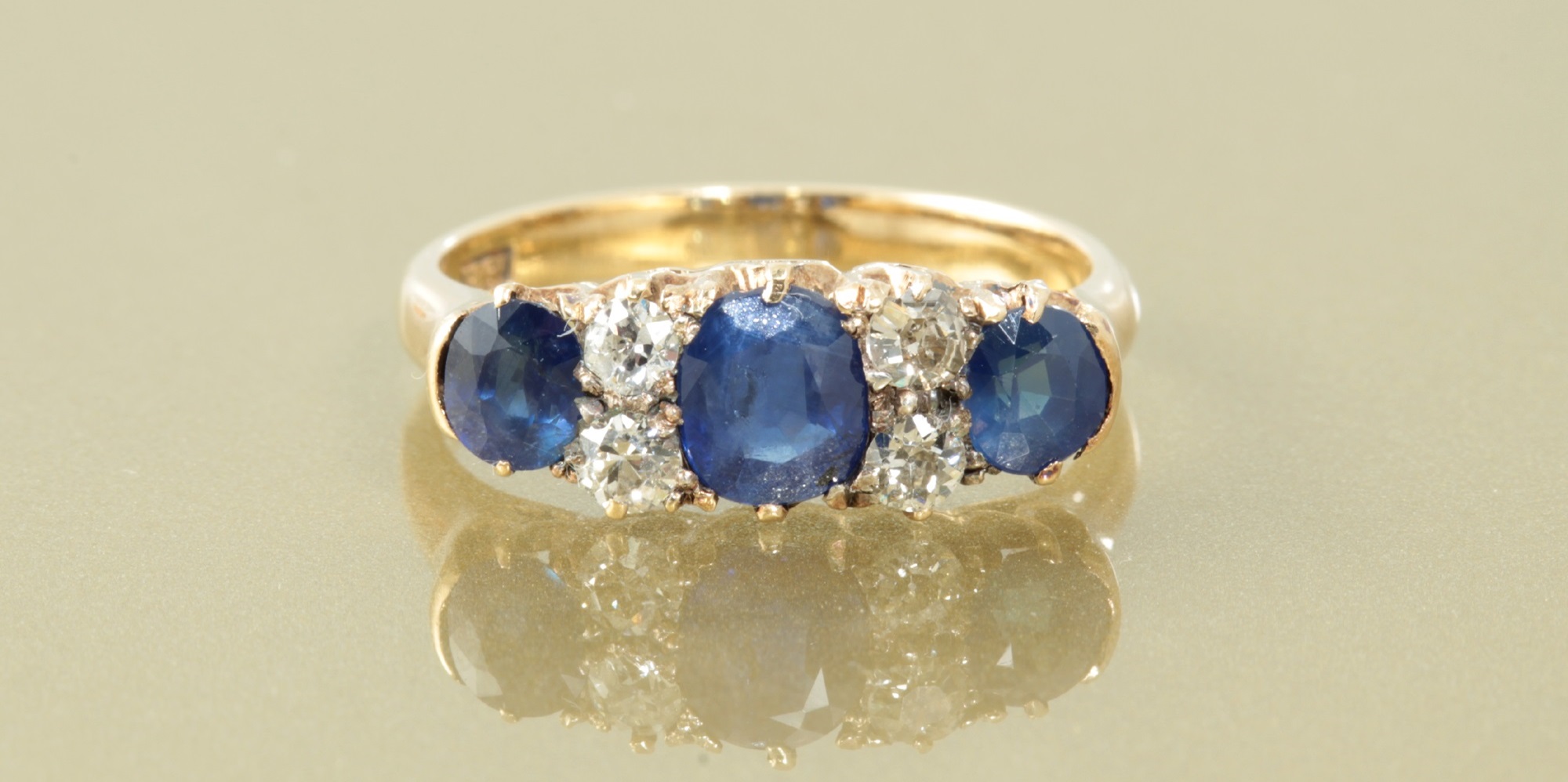Sapphire
Sapphire gets its name from the Greek word “Sapphirus” which means blue and is a member of the corundum family along with Ruby. It comes in a variety of colours including blue, pink, orange, yellow, green, purple, black, and colourless. Historically only the blue variety was called Sapphire. With the green variety being called “Oriental Peridot” and the yellow variety being called “Oriental Topaz”, which did cause confusion. Today all corundums of gemstone quality are called Sapphire with the exception of red, which is Ruby. The colourless variety is called Leuko-Sapphire after the Greek word for white. Blue Sapphires get their colour from Iron and Titanium, while violet coloured stones are coloured by vanadium. Yellow and green shades are produced by small quantities of iron and vanadium will produce orange. The most desirable Sapphire colour is pure cornflower blue. This gemstone can be heat treated between 1700 – 1800 degrees Celsius. This is normally done for particularly cloudy stones which are nondistinct in colour and it will change their colour to a bright blue permanently. Inclusions of Rutile needles, which are made from titanium dioxide can produce a soft shine called “Silk”. When these Rutile needles align they can produce the highly sought after six-rayed star. On the Moh`s scale of hardness, this gemstone is a 9, the same as Ruby.
History

Uncut Sapphire from Sri Lanka
Sapphires have been mined in Sri Lanka formerly known as Ceylon as far back as 500 B.C. The deposits are located in the southwest of the island in a region called Ratnapura. Although the island was officially named Sri Lanka in 1972, Sapphires from here are still known as Ceylon Sapphires. Persian traders called the island Serendip meaning “fortunate discoveries”. Sri Lanka is a very old island with most of the rock there being pre-Cambrian. Which produces a seemingly never-ending supply of the finest gemstones. Marco Polo wrote in 1292 “I want you to understand that the island of Ceylon is for its size, is the finest island in the world and from its streams comes Rubies, Sapphires, Topazes, Amethyst and Garnet”.
Kashmir Sapphires. In 1880 an earthquake occurred in the remote area of the Himalayan mountains called Zanskar. This earthquake revealed blue Sapphire in the rock, the Maharaja of Kashmir then established a mine there. Which produced some of the finest and largest Sapphires the world has ever seen. These gemstones were of the superior cornflower blue colour and are highly sought after. The mine was extensively worked from 1883 to 1887 by which time the deposit was exhausted. By 1889 mining had completely stopped, however, a second deposit was found on the valley floor beneath the original mine. Which did yield some results for a time. Mining today has ceased except for the occasional pouching.
Burma is the other historical source of the gemstone, with mining in the Mogok region dating back thousands of years. The Mogok mines are world-famous for producing royal blue Sapphire along with the finest Ruby. It is estimated that Sapphire accounts for about 10% of the gemstones mined in Mogok. Burmese Sapphire contains Rutile needle inclusions, which give the gemstone a soft sheen called “Silk” resulting in a velvety blue colour. These gemstones are highly sought after.
Folklore
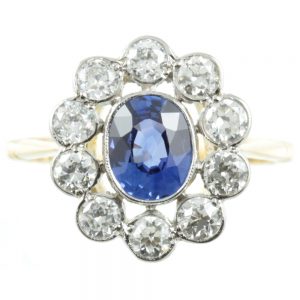 The ancient Greeks believed it was the stone of the god Apollo and associated it with the Oracle of Delphi. Wealthy Greeks would wear Sapphire when visiting the Oracle of Delphi in the belief that the stone would help to open their “third Eye” and as such the Oracle could prophesize their future or particular event. Greek legend held that Helen of Troy possessed a large Sapphire which was claimed to be the source of her beauty and charm. The ancient Greeks also believed that wearing the stone would protect them from envy and physical harm.
The ancient Greeks believed it was the stone of the god Apollo and associated it with the Oracle of Delphi. Wealthy Greeks would wear Sapphire when visiting the Oracle of Delphi in the belief that the stone would help to open their “third Eye” and as such the Oracle could prophesize their future or particular event. Greek legend held that Helen of Troy possessed a large Sapphire which was claimed to be the source of her beauty and charm. The ancient Greeks also believed that wearing the stone would protect them from envy and physical harm.
The Ancient Egyptians associated the gemstone with the all-seeing Eye of Horus. They believed the stone had healing properties, especially for eye infections. They would crush the gemstone and make an eye wash from it. Cleopatra was said to have made an eyeliner from the stone. Although there is some doubt about exactly which gemstone the Egyptians were referring to, it is possible they were referring to Lapis Lazuli.
During the Middle Ages in Europe, Christians associated the gemstone with Chastity, Piety, and Repentance. To Clergymen it symbolized heaven and Cardinals would wear a Sapphire ring on their right hand, also called their blessing hand.
Famous Sapphires
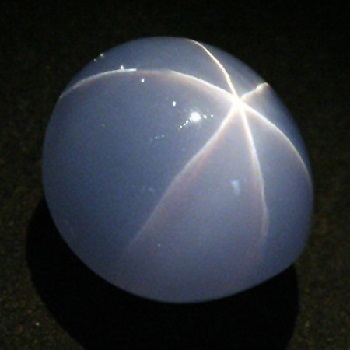
Star of India
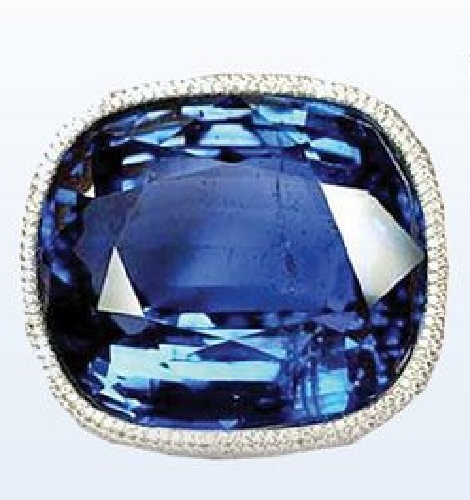
Blue Giant of the Orient
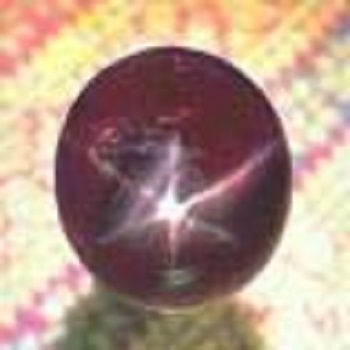
Midnight Star

Logan Blue Sapphire
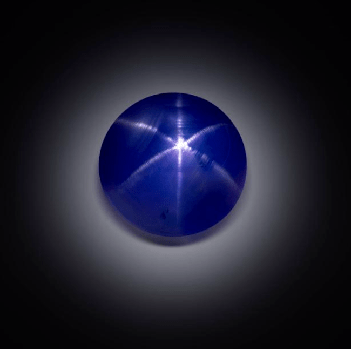
Star of Asia
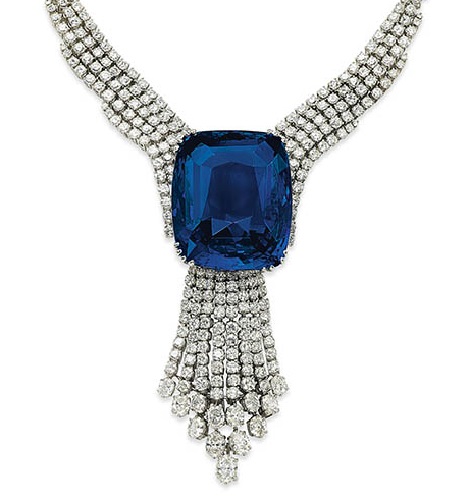
Blue Belle of Asia
You can also get in touch with Carusjewellery.com on Facebook , were you may leave any comments or questions you have about this article.

